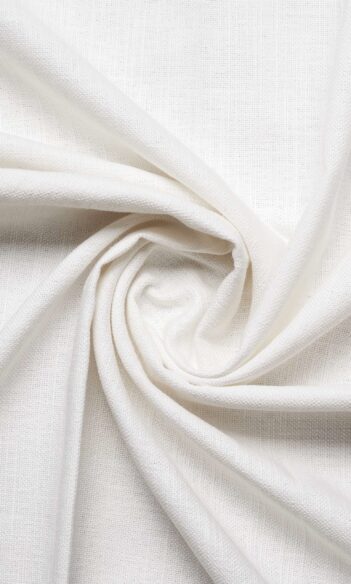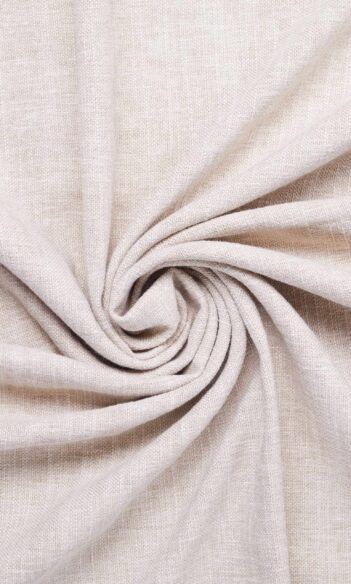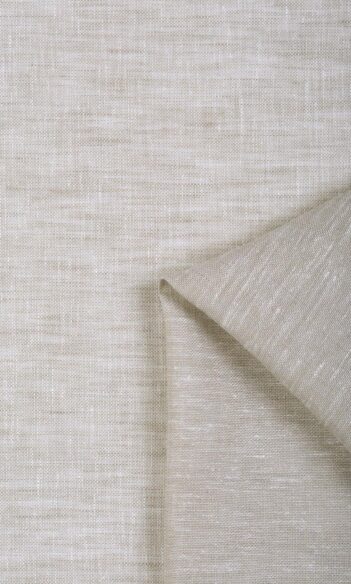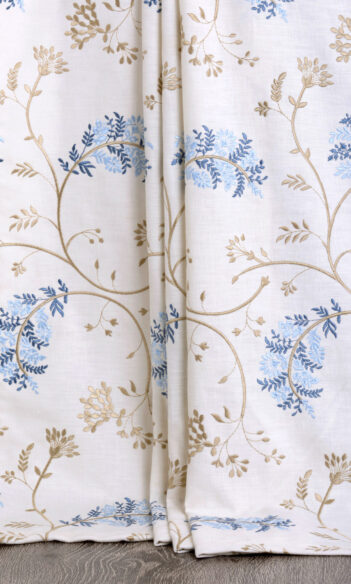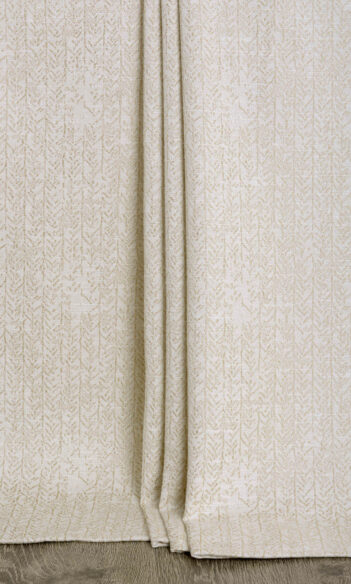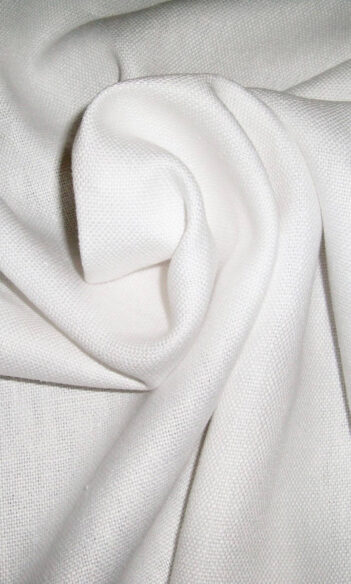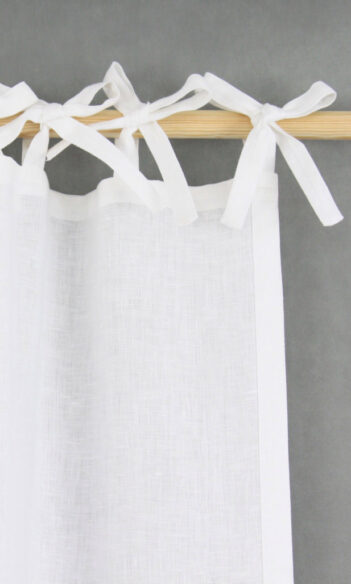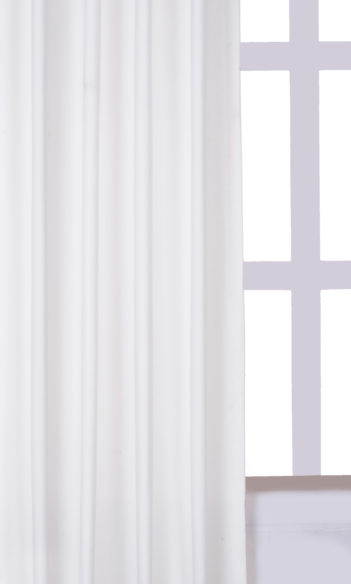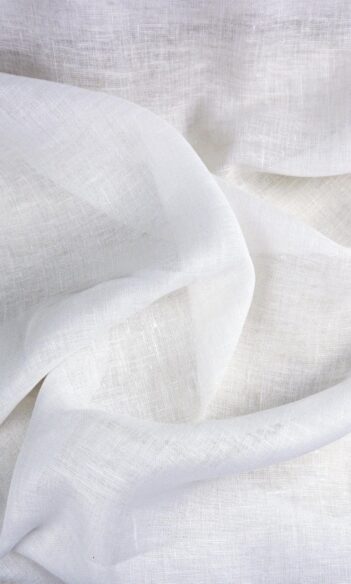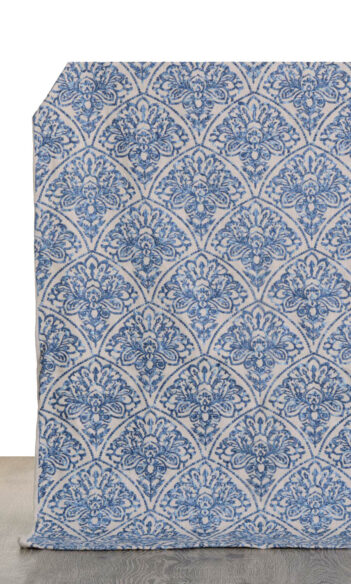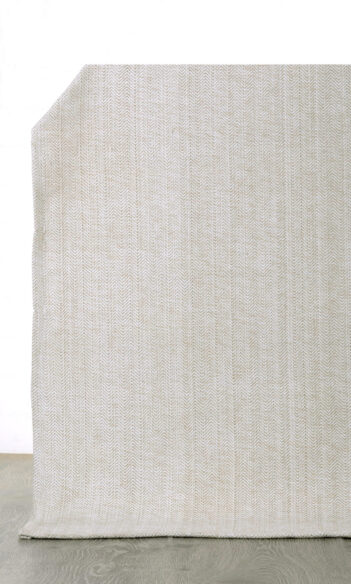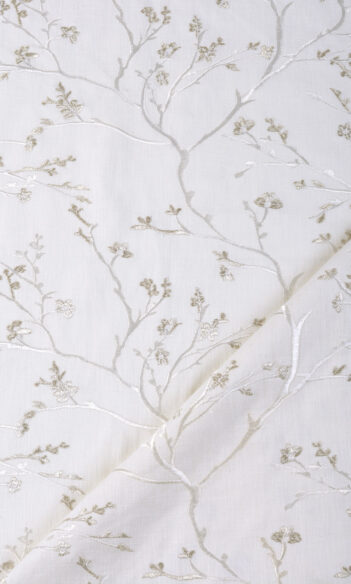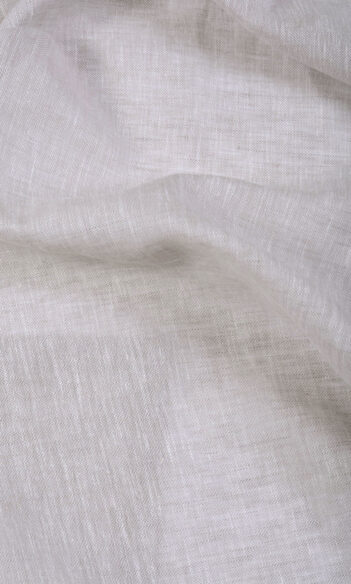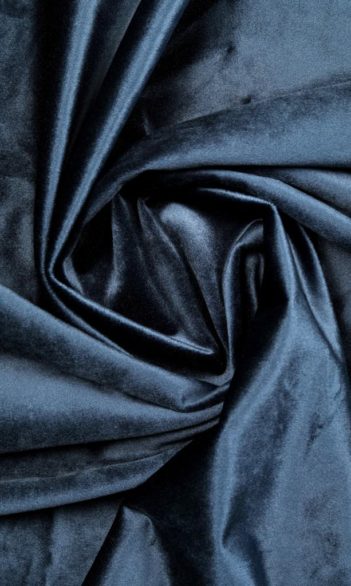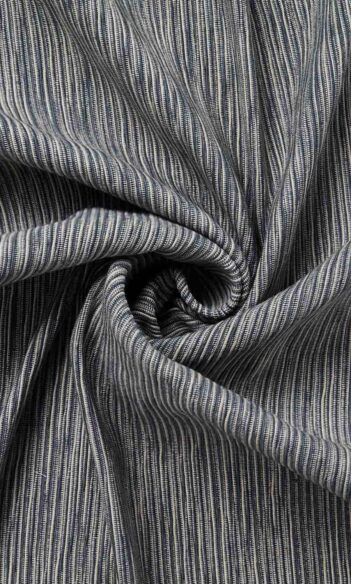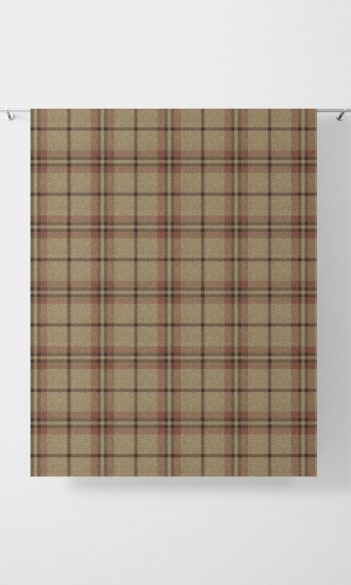Custom Roman Shades & Window Blinds
FABRIC WINDOW SHADES FOR ANY HOME
The functionality of blinds and the softness of drapes rolled into one – that’s roman shades for you. Falling in the category of perfect-fit window treatments, custom fabric roman shades offer a tailored look and functional ease that caters to a wide range of window dressing requirements.
With a wide creative bandwidth of over 3000 diverse fabrics, varied fold styles and trimmings that Spiffy Spools offers, it is easy to design the perfect custom roman shades that fulfill your vision. Whether it’s about meeting a specific function or a rare aesthetic taste, our curated collection will leave you spoilt for choice.
The Right Stage for Roman Shades
Despite their minimalistic structure, roman shades can suit not just the modern design styles but also their arch-opposite traditional decor. No matter what decor style you follow, our custom roman shades can get along. But while you can dress any window with fabric roman shades, there are certain spaces that are especially befitting candidates for this choice. In these circumstances, roman shades are in a league of their own.
- Minimalist homes that find drapery to be too elaborate for their taste but want to benefit from the customization potential of fabrics find their answer in roman shades.
- Small windows that can get overwhelmed by elaborate window treatments can be dressed in custom roman shades that sync with their proportions without compromising functionality.
- Small rooms that cannot spare wall space and floor space for flowing drapes are good fits for roman shades. They allow clients to tap into the softness of fabrics without having to worry about congestion and stuffiness.
- Narrow passages and high-traffic zones of the house benefit from roman shades as they don’t present any chance for tripping accidents.
- Bay windows with inbuilt seating & windows with ornate trims find a dressing fitting of their grandeur. When drawn down, they offer perfect coverage; when folded up, they still adorn the windows like valances. And when inset, the window trims become the star of the show.
- Windows with radiators underneath are best dressed in inset roman shades. Shades stop at the sill and do not hinder the heat flow from the radiator. Staying close to the window pane, they also do a good job at blocking the radiator’s heat from escaping through the glass.
- Nurseries and child-proof homes need roman shades as they are inaccessible to kids. Toddlers are protected from tripping hazards stemming from flowing trails of floor length drapery. Furthermore, our roman shades come with child-safety anchors to secure any dangling cords, making our nursery roman shades the perfect choice for your tiny tot’s room.
- Kitchens and bathrooms benefit from roman shades as shades tend to stay safe from splashes and spillage in these wet areas. Chances of mold formation and dust accumulation are also minimized, saving plenty of maintenance efforts in these high-duty, high-traffic areas. For styling tips and decor ideas to spruce up your windows in these spaces, read our blog posts on Roman Shades for Kitchen and Roman Shades for Bathroom.
- For foolproof privacy and light control where even drapes may seem slightly compromising with their billowing bottoms and slits between panels, the seamless frontage of roman shades comes handy. They make excellent undertreatments for drapes for this and many other reasons which you can explore here.
Design Decisions Relating to Roman Shades
If you’ve fallen for roman shades, we understand why. Custom roman shades are just the right amount of beauty and functionality blended into one neat window dressing. With sleekness that woos the modern, and creative bandwidth that seduces the traditional, roman shades find affability with varied decor styles stride. When dressing your windows with custom roman shades, you need to find ways to blend them with your style and functional needs. And in this regard, these are the top decisions to be made:
IDENTIFY YOUR DECOR STYLE
Despite their minimalist structure, fabric roman shades can be as modern or as traditional as you wish. The trick lies entirely in defining your style in the details. For example, in a neutral solid, they might give cues to the contemporary design styles’ clean lines. With intricate patterns or classical weaves, they might dress up in tune with a traditional home’s detailed decor.
Start your shopping trip by identifying your aesthetic leanings and the room’s decor language, before making choices regarding fabric, palette, pattern, and style for your shades.
CHOOSE THE FABRIC
Materials used in the decor should air the feel you wish to generate. When you shop for roman shades, make sure that the fabric you choose falls within the brackets of your decor style and the purpose of the room. For instance, while velvets and silks work best for opulent formal rooms and highly embellished decor styles, less ornate, casual spaces look right with cotton or linen roman shades. For further guidance, read our blog on The Best Fabric for Roman Shades.
Similarly, decide the level of opacity you need to achieve. Do you need your shades to filter in light softly or cut out sun’s glare or go a step further and darken the room completely? Accordingly, choose between sheer, non-sheer, and blackout fabrics for your custom roman shades. In line with these priorities, consider whether and how you should line your roman shades for more light control and insulation.
Along with your fabric’s palette and pattern, consider longevity, maintenance, and breathability to ensure practical efficiency. Some fabrics might tick all the boxes for the looks but not meet your wishlist for functionality. So, take the call depending on your decor style, the vibe you wish to create, and the purpose of the room.
DETERMINE THE FOLD STYLE
Our fabric roman shades come in three popular styles, each with its own unique nuances of form and function. Let’s take a peek:
EUROPEAN/ RELAXED ROMAN SHADES: Roman shades of this style marry the classic swags of traditional drapes with the functionality of modern blinds. Relaxed or European roman blinds are not supported by slats and hence, the fabric falls in a gentle curve, dipping deeper into a scalloped shape in the middle. The scalloped bottom works as an ornamental addition, making a relaxed roman shade easily at home with highly embellished traditional decor and feminine-styled decor that thrive on curvy details. Given the ‘unstructured’ nature of these shades, the folds often need to be dressed manually, and therefore, they are best used primarily as stationary shades layered with drapes that take up the functional aspect.
FLAT FOLD ROMAN SHADES WITH BACK SLATS: This is the most minimalist style of roman shade on offer and is especially recommended for use with patterned fabrics. With horizontal slats stitched into the lining at the back, back slatted roman shades look highly streamlined and modern. The slats or their hemlines leave no sign of their existence on the front of these shades. These shades are also highly functional and reliable for frequent use.
FLAT FOLD ROMAN SHADES WITH FRONT SLATS: This style of roman shades offers minimalistic looks with its straight, flat folds but shows the silhouette of its slats on the front for visual interest. The shades make neat, equally spaced flat folds, and their functional efficiency can be counted on for high-use windows. Stylists recommend this style for use with plain fabrics as the slat silhouettes add an element of architectural interest to the otherwise plain shades.
Read further about the various fold style options in our Roman Shades Style Guide before you finalize the style that best suits your needs, fabric choices and decor.
DECIDE THE MOUNTING POSTION
Custom roman shades can be mounted within the window recess or outside on the wall/ceiling above the window. Both positions have advantages of their own and each is better suited in certain settings.
Inside mounted roman shades suit right for windows with ornate trims that often feature in traditional decor. Whereas, outside mounted roman shades cover off the window trims as they extend a few inches beyond the window frame from all sides. So, these are perfect for use with plain window trims, or frames that are not deep enough to accommodate hardware for inside mounting. There are other factors to be considered as well which are explained in detail in our blog on Inside v/s Outside Mount Roman Shades.
Note that the minimum depth of the window recess should be two inches to be able to mount our shades in the inside position. Depending on the mounting position chosen, the way you measure the window will vary. Do visit our guide on How to Measure Roman Shades for more tips.
Shop Custom Roman Shades & Window Blinds
Tailored to the exact proportions of the window with the precise type of visual appeal you wish to create, custom roman shades are the haute couture window dressings that can elevate your home’s aesthetic value instantly. They look elegant, provide light control and privacy, can be lined for added benefits, and embellished with trims of your choice to underscore their custom-made traits. There’s really nothing more you could ask from window dressings.
With this full picture of the world of roman shades, you can now choose the right kind of roman shade for your style of decor and optimal efficiency. Also rest assured that all our custom roman shades come with full hardware, including child-safety anchors, ready to be mounted. So, get the ball rolling and shop your favorite roman shade with us today!
-

‘Marble’ White Linen Custom Window Shades (White/ Ivory)
-

‘Du Jour’ Custom Cotton-Linen Blend Roman Blinds (White)
-

‘Gleam’ Linen-Cotton Blend Custom Blinds (Cream/ Beige)
-

‘Beyaz’ Solid Textured Window Roman Blinds (Pure White)
-

‘Belaka’ Linen Sheer Custom Size Window Shades (Beige)
-

‘Destiny’ Checkered Roman Blinds (Linen White/ Pale Brown)
-

‘Auray’ Floral Embroidered Blinds (Brown/ Blue/ Blue/ White)
-

‘Marianna Aria’ Modern Striped Print Shades (White/ Beige)
-

‘Gedrukt’ White Roman Shades (Beige/ Indigo Blue/ Pure White)
-

‘Voda’ Custom Size Roman Shades (Off White/ Pale Beige)
-

‘April Morning’ Custom Plain White Cotton Shades (White/ Ivory)
-

‘Leh Pure’ Custom White Linen Window Shades (White/ Ivory)
-

‘Heavrth’ Linen Rich Custom Size Window Shades (White)
-

‘Amer’ Modern Floral Roman Shades (Green/ Blue/ White)
-

‘Ease Soldier’ Modern Striped Blinds (White/ Brown/ Beige)
-

‘Alban’ White Semi Sheer Window Shades (White/ Ivory)
-

‘Calm’ Made-to-Order Patterned Window Roman Blinds (Blue)
-

‘Blanc’ Embroidered Roman Shades (Pale Beige/ Ink Blue)
-

‘Yamini Madagascar’ Made to Measure Cotton Shades (Cream)
-

‘Delft’ Modern Striped Window Shades (Cobalt/ Denim Blue)
-

‘Husky Fizz’ Plaid Patterned Roman Shades (Beige & Brown)
-

‘Juodas’ Geometrical Patterned Roman Shades (Black/ Ivory)
-

‘Beaune’ Floral Vine Patterned Roman Shades (Pure White/ Gray)
-

‘Ena’ Linen Sheer Window Blinds (Ash Gray/ Abalone Gray)
-

‘Filtro’ Sheer Linen Custom Size Window Shades (Beige)
-

‘Wishing Well’ Custom Velvet Window Roman Blinds (Navy Blue)
-

‘Milky Way’ Poly-Cotton Blend Window Roman Blinds (White)
-

‘Knotted’ Custom Cotton Window Roman Shades/ Blinds (Grey)
-

‘Chalk White’ Silk Blend Custom Roman Blinds (White/ Ivory)
-

‘Bellini Fizz’ Check Patterned Shades (Beige/ Red)

